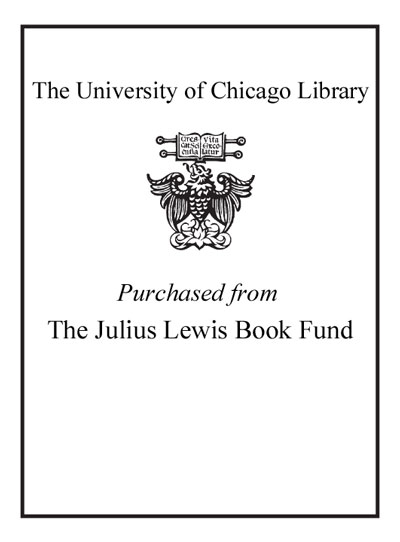Architects of an American landscape : Henry Hobson Richardson, Frederick Law Olmsted, and the reimagining of America's public and private spaces /
Saved in:
| Author / Creator: | Howard, Hugh, 1952- author. |
|---|---|
| Edition: | First edition. First Grove Atlantic hardcover edition. |
| Imprint: | New York : Atlantic Monthly Press, an imprint of Grove Atlantic, 2022. ©2022 |
| Description: | x, 406 pages : illustrations, maps ; 24 cm |
| Language: | English |
| Subject: | |
| Format: | Print Book |
| URL for this record: | http://pi.lib.uchicago.edu/1001/cat/bib/12712326 |
Regenstein, Bookstacks
| Call Number: |
NA2543.S6H685 2022
|
|---|---|
| c.1 | Available Loan period: standard loan Scan and Deliver Request for Pickup Need help? - Ask a Librarian |

